Circa 2018, Orotic Acid debuted amidst pro-hormone hysteria. Unfortunately, at the time it got over-looked for once legal supplements like Methyl 1-test. Let's take the time now to explore what this compound can do for you.
Like Ecdysterone, several studies were done on Orotic Acid (OA) in the former Soviet Union by Meerson, et al in the 1960s, showing ergogenic effects in relation to exercise (7). Other trials provide evidence of attributes based on animal models, including accelerated skeletal muscle hypertrophy (muscle growth) following supplemental OA. Further work by Meerson’s group demonstrated enhanced swimming performance as a function of muscle hypertrophy and energy supply from Orotate supplementation.
WHAT IS OA?
OA can be thought of as a non-hormonal anabolic agent, naturally present in the body and having a general stimulating effect on the metabolism. In particular, it stimulates the synthesis of nucleic acids involved in protein synthesis and enhances repair and regenerative processes in many tissues.
Scientific studies have shown OA to be extremely helpful to athletes. It is unique in its ability to optimize many of the bodily functions critical for strength.
Orotic Acid spikes protein synthesis and thus accelerates muscle growth.
It increases ATP production, Creatine and Carnosine leading to greater strength and endurance. It promotes glycogen storage and optimizes oxygen usage, resulting in greater VO2 max.
NUCLEOTIDE POOLS
PROBLEM: Training depletes nucleotide pools, decreasing the energy generating capacity of muscle.
SOLUTION: Orotic Acid builds up nucleotide pools in muscle, enhancing muscle contractile force
You absolutely will lift more weight, for more reps and recover faster in between sets.
PICKING UP WHERE CREATINE LEAVES OFF
Once ATP stores have been optimized in the cell (after say, you’re loaded w/creatine), OA goes to work making sure things stay that way. It accomplishes this in 3 different ways…
- OA increases the production of ribose moieties (R-1-P and R-5-P). These are necessary for the salvage/de novo synthesis of purine nucleotides by a process known as “ribose transfer”. Without OA, reserves of PRPP are typically very low, given the limited capacity of this pathway. The generation of ribose-5-phosphate (R-5-P – the immediate precursor to PRPP ribose supply) is enhanced with OA and as a result – greater ATP is realized.
- OA increases the pool of Uridine Monophosphate/Cytidine Monophosphate (UMP/CMP). By increasing levels of these nucleotides, the demand on ATP reserves to synthesize them is decreased. The end result is more ATP being available for functions important to us – such as greater energy and muscle contractile force.
- OA elevates intracellular glycogen stores, via greater glucose disposal into muscle tissue. In other words, it leads to more efficient glycolysis.
SAFETY DATA/DOSING
Orotic Acid is naturally produced by the body in small amounts and is considered an extraordinarily safe substance. Orotic Acid is found naturally in mother’s milk and, in minuscule quantities, in other milk products. Orotates are organic compounds, ready to be optimally metabolized by the cell. Orotate-compounds have been used in orthomolecular medicine for decades to increase the bioavailability of minerals and trace elements. 500mg/day is a solid dose.
I use that precise amount in my flagship product, MassPro Synthagen.
COST/AVAILABILITY
OA isn’t a cheap ingredient, which is why most companies won’t spring for it. To be fair, you can purchase standalone OA in 10g tubs (20 day supply), for around $45 from the chemical supply company Sigma-Aldrich.
STUDIES
OA augments protein synthesis/muscle hypertrophy and maximizes protein synthesis on all critical levels. It also plays an active role in DNA/RNA synthesis and was found to augment muscle hypertrophy (8).
A study conducted at the Justus-Liebig University with triathletes in 1998 showed that Orotic Acid improved power, endurance, and performance. The testing demonstrated a remarkable increase in oxygen and glucose metabolism, while cortisol and carbon dioxide levels were dramatically reduced.
These results were impressive as they represented a significant difference vs. the placebo group. Orotic Acid´s ability to increase ATP production and regeneration in an oxygen-depleted environment (i.e. weight training) is especially impressive. Better Glucose disposal optimizes Glycogen storage. More glycogen = faster glycolysis, which means faster intra-set recovery.
REFERENCES
- (7) Llan, J (1966) Effect of actinomycin D on nucleic acid metabolism and protein biosynthesis during metamorphosis of Tenebrio molitar L. Biochem J, 100(2):441-47
- 8) Meerson FZ. (1969) The myocardium in hyperfunction, hypertrophy and heart failure. Circ.Res. 24/25 (Suppl.2): II146 – II155.
- (10) Richards SM, Conyers RAJ, Fisher JL, Rosenfeldt FL. (1997) Cardioprotection by Orotic Acid: Metabolism and mechanism of action. J.Mol.Cell.Cardiol. 29: 3239-3250.
- (11) Williams JF, Donohoe J, Lykke A, Kolos G. (1976) Studies using orotic acid for improving the controlled development of myocardial hypertrophy. Aust.NZ.J.Med. 6 (Suppl.2): 60-71.
- (13) Olivares J, Rossi A. (1982) Incorporation of orotic acid in myocardial uridine nucleotides: effect of isoproterenol and ribose. J.Physiol. (Paris). 78: 175-178.

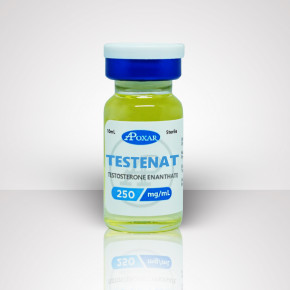
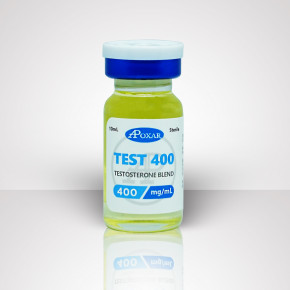
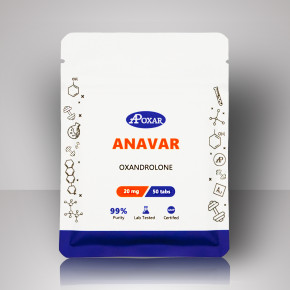
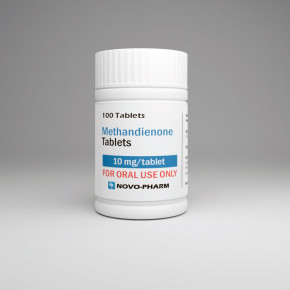
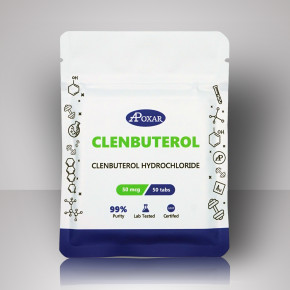

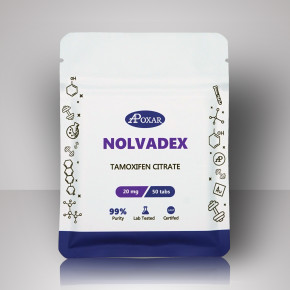
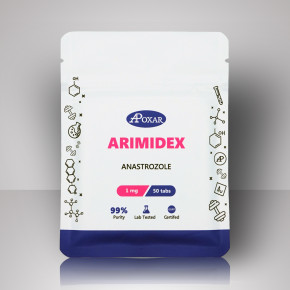
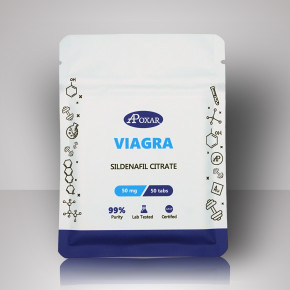
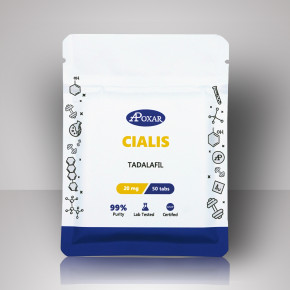
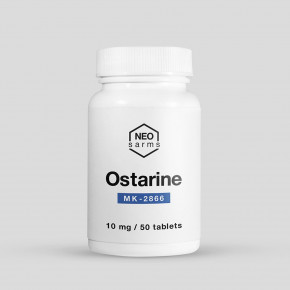
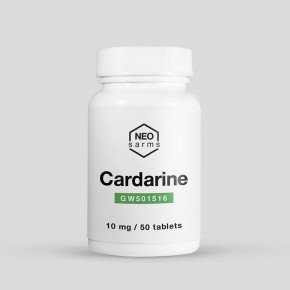
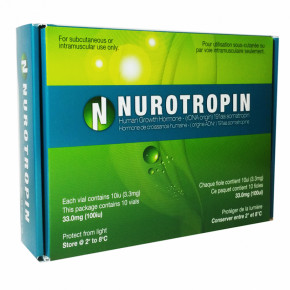
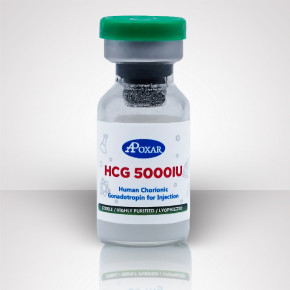
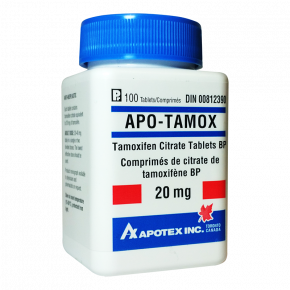
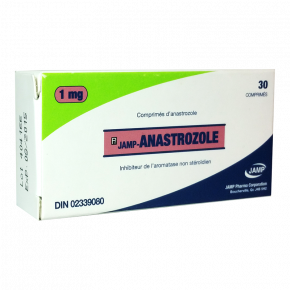
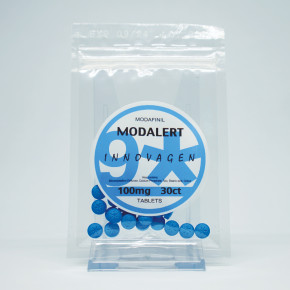
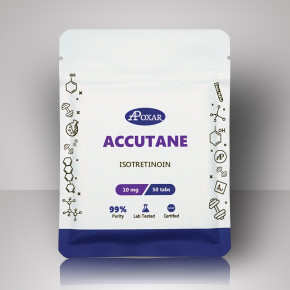
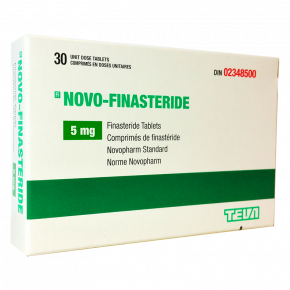
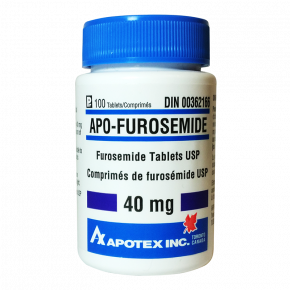
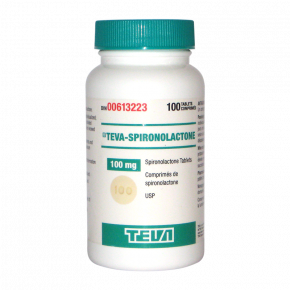


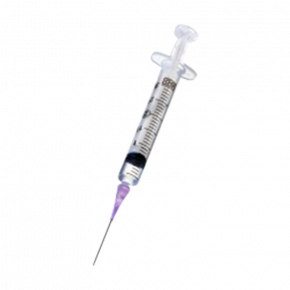
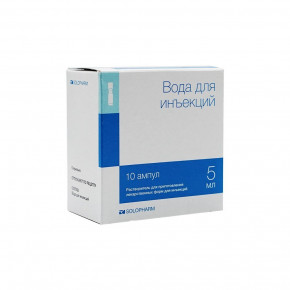

 Free delivery for orders over $400
Free delivery for orders over $400